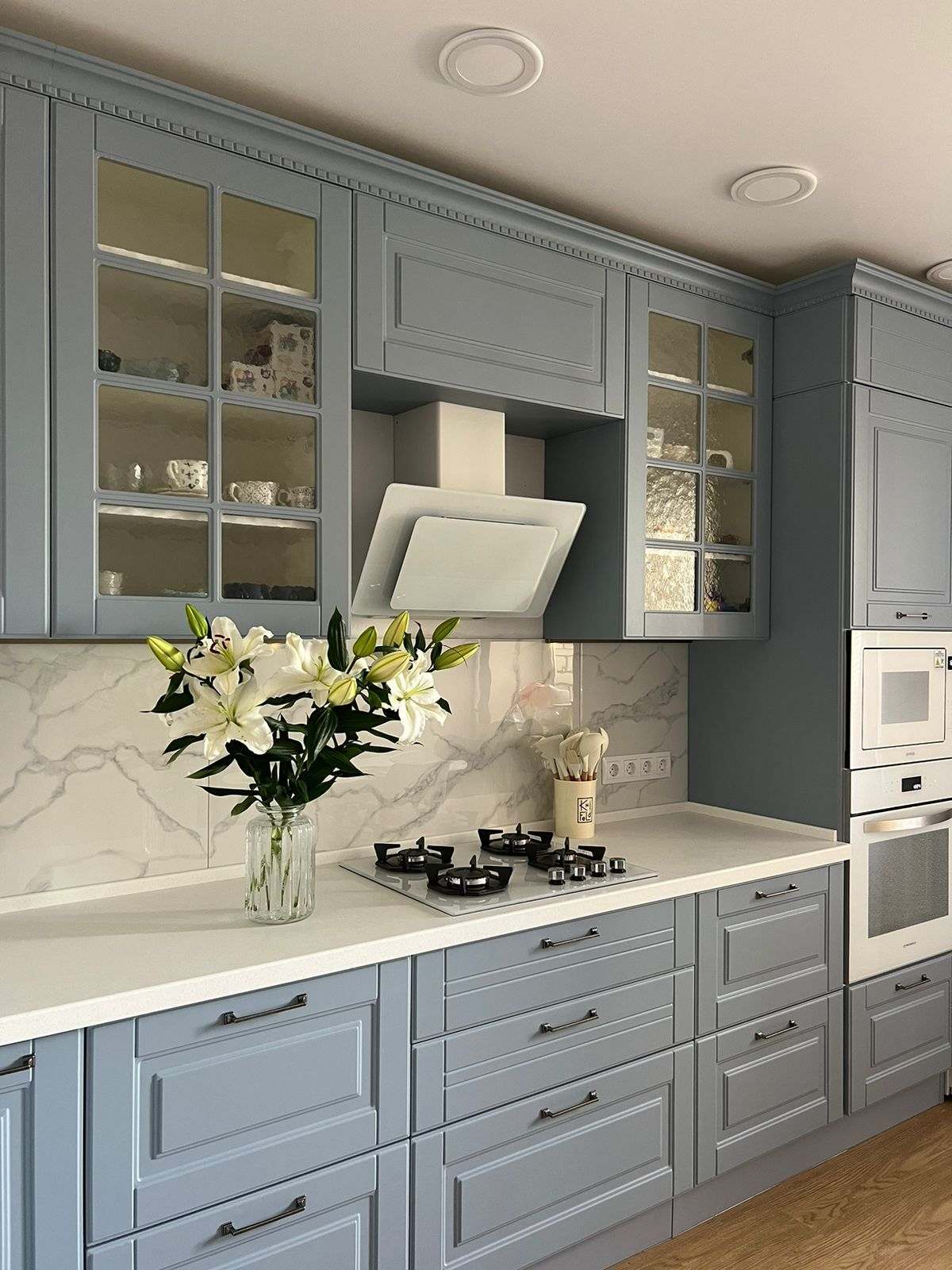
Introduction to Redefining Culinary Spaces
The concept of culinary spaces has undergone a significant transformation in recent years. What was once considered a mere place to prepare food has evolved into a multifunctional hub at the heart of the home and community. This reinvention of culinary spaces embodies not only aesthetic shifts but also a rethinking of how we integrate cooking areas into our daily lives.
Embracing Modern Design Trends
As we redefine culinary spaces, modern design trends play a pivotal role. Clean lines, minimalist layouts, and the use of sustainable materials create an environment that's both functional and appealing. Advances in technology have also introduced smart appliances and systems that can be controlled remotely, elevating the convenience and functionality of modern kitchens.
Culinary Spaces as Social Hubs
Kitchens and dining areas have traditionally been places where families gather, but the social aspect of culinary spaces has expanded beyond family meals. These spaces are now designed with entertaining in mind, equipped with large islands, open layouts, and seating that encourages interaction. Cooking classes, dinner parties, and social gatherings often center around the kitchen, solidifying its role as the new social hub of the home.
Fusion of Indoor and Outdoor Elements
The redefinition of culinary spaces has blurred the lines between indoors and outdoors. Transition spaces that connect indoor kitchens to outdoor grilling areas, gardens, and dining spaces are increasingly popular. This fusion extends the culinary experience, allowing cooks and diners to engage with nature while enjoying their meals.
Enhancing Functionality with Multipurpose Features
Today's culinary spaces are also characterized by their multipurpose features. From built-in coffee stations to adaptable storage solutions, the emphasis is on creating a space that serves numerous functional needs without sacrificing style. Integrated workstations, where residents can comfortably work or study as they eat or socialize, are a testament to the adaptability of contemporary culinary spaces.
Supporting Sustainability and Health
Sustainability is at the forefront of the evolution of culinary spaces. Eco-friendly appliances, composting systems, and zero-waste practices are becoming commonplace. Additionally, with a growing focus on health and well-being, culinary spaces are often equipped with features like herb gardens and juicing stations that encourage wholesome eating habits.
Conclusion: The Future of Culinary Spaces
As we move forward, culinary spaces will continue to be redefined by changes in technology, social dynamics, and sustainability practices. These areas have become more than just a place to cook – they are a reflection of personal values, lifestyles, and a commitment to better living. The future culinary space is versatile, innovative, and integral to the fabric of our day-to-day experiences, continuing to evolve as the epicenter of home and community life.